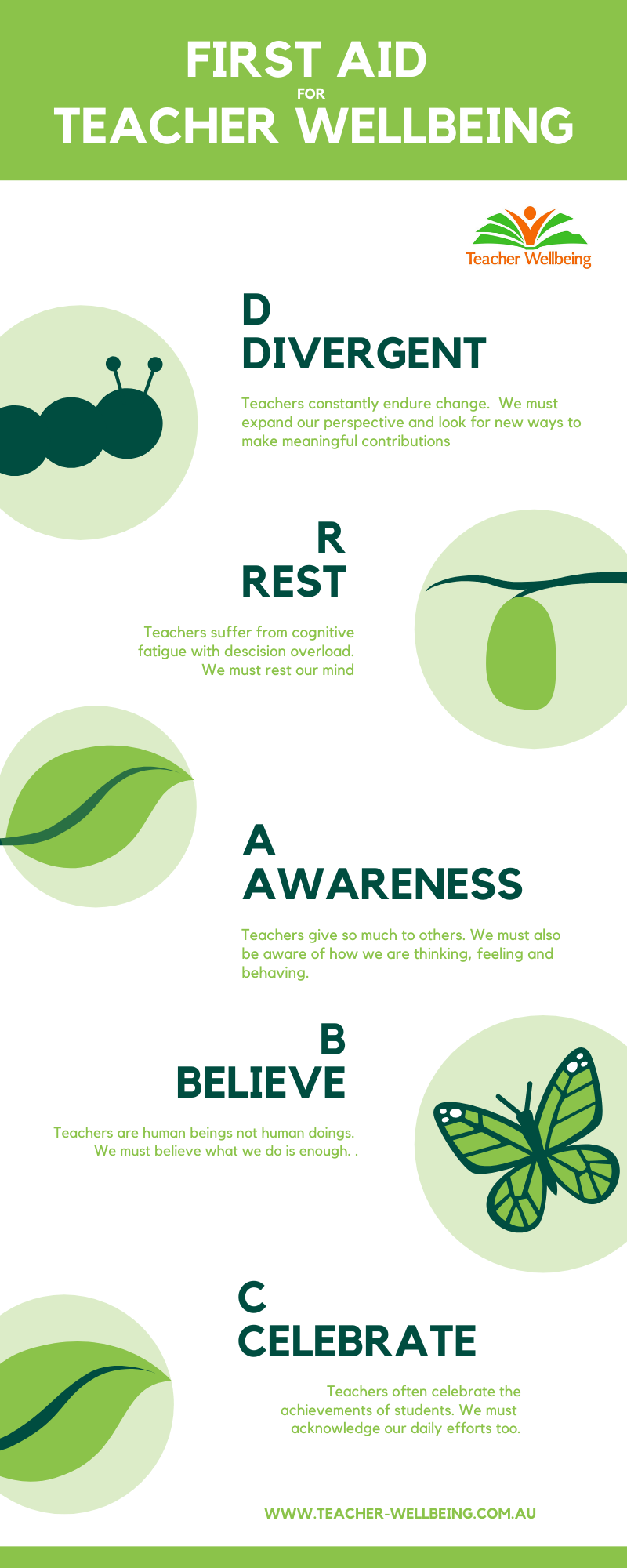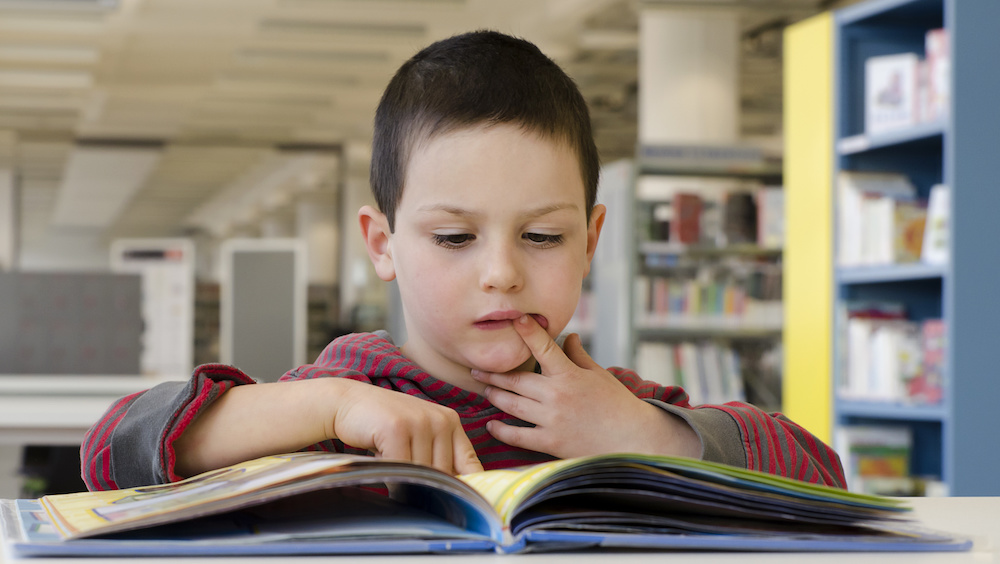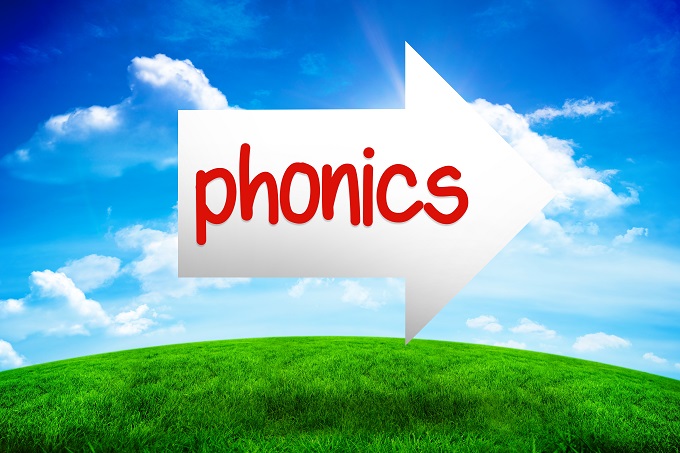First aid for teacher wellbeing
How can you be a first responder to your wellbeing?

Educators do hours of first aid training every year, but how do we act as first-responders to our own wellbeing?
This article is from our Term 3 issue! Check out the full magazine online now or pick up your staff room copy!
I do not need to tell you that 2020 has been full of change, uncertainty, and stress for teachers. With anxiety high about personal health and demands unprecedented having to juggle remote and face-to-face learning, teachers are suffering from change fatigue and feeling overwhelmed. As if teaching was not hard enough before the global pandemic!
Now, more than ever, the wellbeing of our teachers is crucial. Not only so that we can be available to teach young people, but more importantly, so we can create an environment of safety, security, and belonging within our school communities. Students and their families often look to teachers for reassurance and guidance. For teachers to act as positive role models in these unprecedented times, having basic psychological skills to support their wellbeing may be just the thing we need.

As educators, we have all done hours of first aid training. In this training, it is common to go through the DRABC model as a framework for responding to physical incidents that may occur. This includes looking for Danger, checking for a Response, clearing the Airway, checking Breathing, and then Circulation. Of course, there are many variations and additions that have occurred over the years too.
What if we could use the DRABC model alongside psychological strategies to act as first-responders to our wellbeing?
These five strategies do not require time, resources, or a committee meeting. They simply require you to stop, reflect, and accept.
The DRABC of teacher wellbeing
D – Divergent thinking. There is no road map to teach during a global pandemic. Instead of looking for linear steps or specific answers, try thinking like a mind-map by looking for opportunities and possibilities There is no ‘right’ way. Be open and curious about new ideas and new ways of doing things. Learn, share, and listen.
R – Rest your mind. Teachers suffer from cognitive fatigue because they have to make nearly 1500 decisions a day. Taking a few minutes, every day, to rest your mind is essential. This could be in the form of a mindfulness activity, creative play, or physical exercise.
A – Awareness of self. As educators we have great awareness of others. We go above and beyond to diversify learning for students and cater to their complex needs, but we must consider our needs too. As I say many times to teachers across the world, you cannot pour from an empty cup. What do you need right now?
B – Believe you are enough. With so much change happening at a rapid pace, it is not possible to keep up all the time. You cannot rewrite an entire year or term’s curriculum in one day. We often put so much pressure on ourselves to ‘get everything done’, but it is not realistic. There comes a time where we must trust ourselves and believe that whatever you get done on this day is enough. After all, you are a human being, not a human doing.
C – Celebrate daily. When we get caught up in the ‘busy-ness’ of rushing from one task to the next, we lose the connection to ourselves and to others. Stopping long enough to track the good stuff, hear the ‘thank you’s, and celebrate small wins, can go a long way towards filling up our cup with a sense of meaning and purpose.
It is my hope that these strategies offer some ways to recognise just how amazing you already are, how brave you are, and how skilled you are to be able to navigate this crazy time in education. It is now time for you to be a first responder to your wellbeing.







